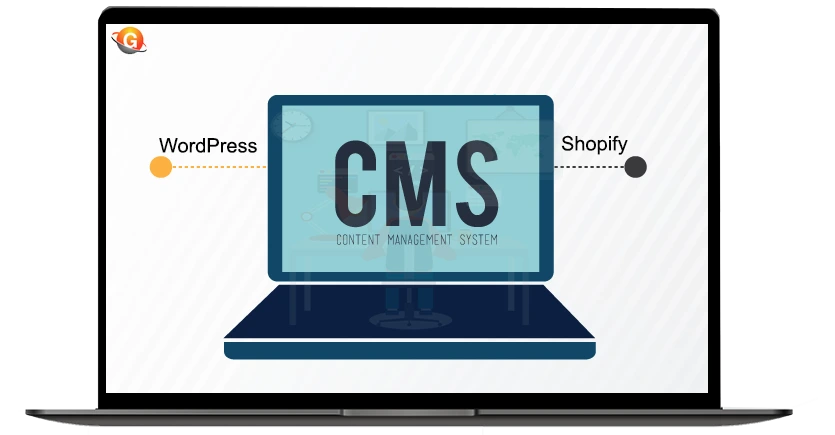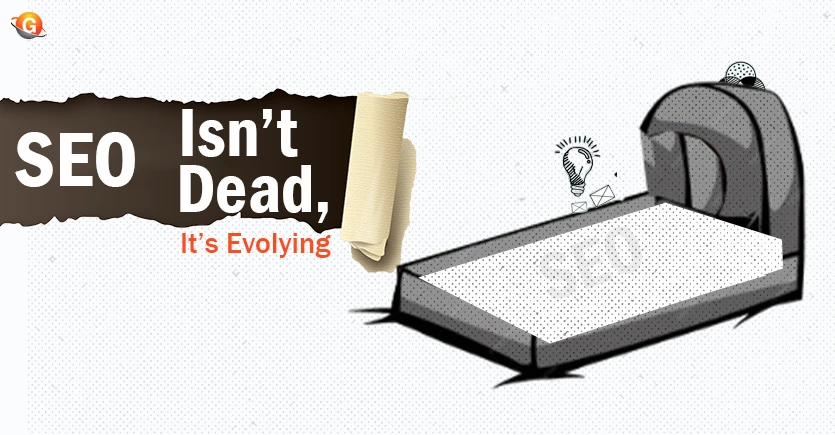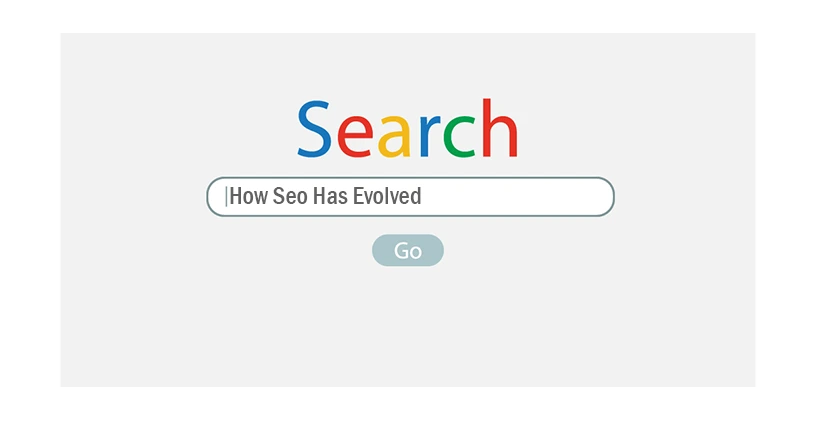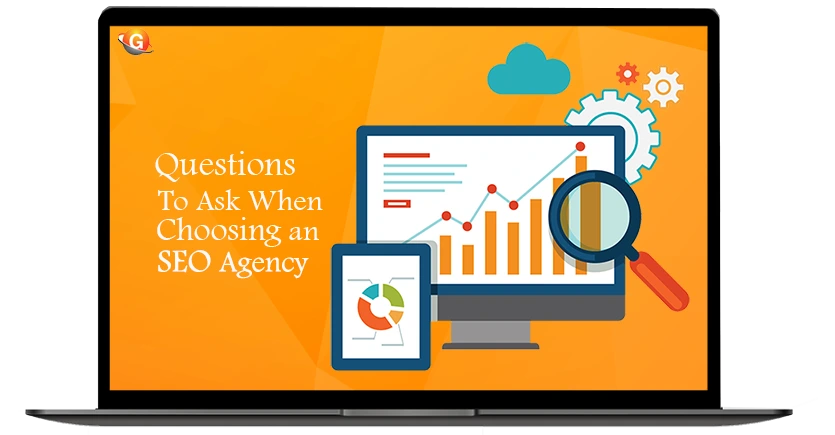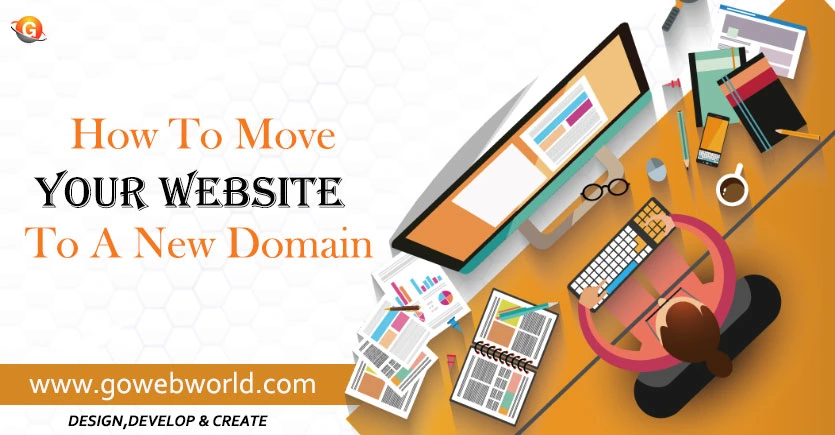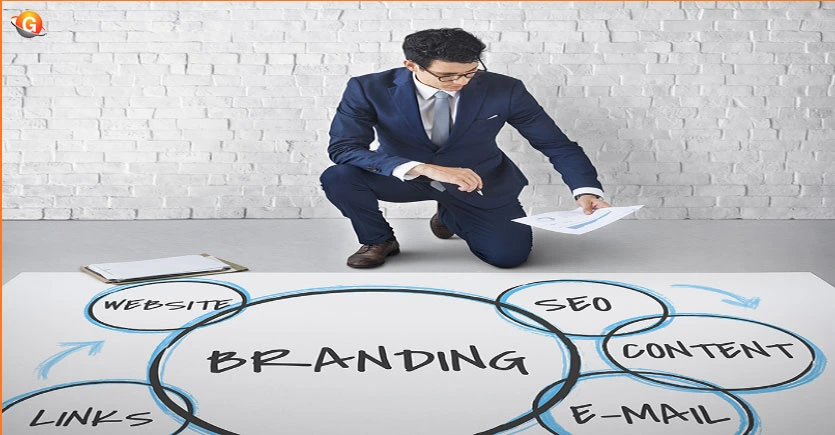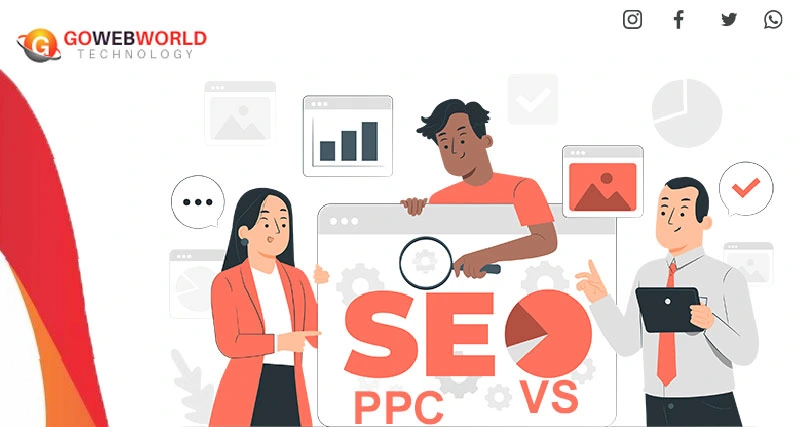In today’s digital marketing landscape, sponsored content has emerged as a powerful strategy for increasing brand visibility and authority. While often associated with influencer marketing or paid partnerships, sponsored content can also play a significant role in improving a website’s SEO performance—when done right. Let’s explore what sponsored content is, how it can benefit your SEO strategy, best practices to follow, and the potential pitfalls to avoid.
What is Sponsored Content?
Sponsored content is a type of paid advertising where a brand collaborates with a publisher, blog, or influencer to create and promote content that looks and feels like organic editorial content. Instead of traditional banner ads, which are often disruptive and ignored, sponsored content is designed to blend naturally into the platform’s regular content.
For example, a fitness brand might pay a popular health blog to publish an article titled “10 Protein-Packed Snacks for Busy Professionals”, subtly featuring their own product. While the brand pays for this exposure, the article offers value to the audience and reads like a genuine piece of content.
How Sponsored Content Can Benefit SEO
While sponsored content is primarily used for brand awareness, it can have several SEO advantages if executed strategically.
a. High-Quality Backlinks
Backlinks remain one of the most critical ranking factors in SEO. When your sponsored content appears on authoritative websites with a link back to your domain, it can pass valuable link equity, boosting your site’s credibility in the eyes of search engines. However, to comply with search engine guidelines, such links are typically marked with attributes like rel=”sponsored“
b. Referral Traffic
Sponsored articles on popular websites can drive high volumes of referral traffic. When readers engage with your link and land on your site, it signals search engines that your content is relevant and trustworthy.
c. Brand Mentions
Even when no direct link is provided, brand mentions in sponsored content can help establish topical authority and increase search engine awareness of your brand across the web.
d. Improved Content Reach
Search engines reward content that is frequently visited and shared. Sponsored content often gets more visibility due to the large audience base of the host platform, helping your brand’s message reach more users and improving its SEO performance indirectly.
Best Practices for Using Sponsored Content in SEO
To ensure your sponsored content boosts your SEO rather than harming it, it’s essential to follow these best practices:
a. Choose Reputable Publishers
Work with trusted and relevant websites that have good domain authority, authentic audiences, and align with your brand values. Avoid low-quality content farms, as links from these sites can hurt your SEO.
b. Use the Correct Link Attributes
Google requires sponsored links to include the rel="sponsored" attribute. Failing to disclose paid links could lead to penalties or devaluation of your site. Being transparent protects your SEO efforts.
c. Focus on Quality Content
Create valuable, informative, and engaging content. Sponsored content should provide real value to the audience, not just push a sales pitch. High-quality content is more likely to be shared and linked to organically.
d. Use Keyword Optimization Wisely
Naturally incorporate relevant keywords in your content without overstuffing. Optimize titles, headers, and metadata to improve visibility in search results while keeping content reader-friendly.
e. Track and Measure Performance
Use tools like Google Analytics and UTM parameters to monitor the traffic, engagement, and conversions coming from your sponsored content. This helps refine your future campaigns and calculate ROI.
Potential Pitfalls and How to Avoid Them
While the benefits are substantial, there are also risks associated with sponsored content in SEO if not managed properly:
a. Search Engine Penalties
If you acquire backlinks through sponsored content without proper disclosure (nofollow or sponsored tags), Google may consider it an attempt to manipulate rankings and penalize your site.
How to avoid it: Always follow Google’s guidelines. Ensure that paid links are appropriately tagged and disclosed to maintain search engine trust.
b. Irrelevant Placements
Placing sponsored content on sites unrelated to your niche can harm your brand image and confuse search engines about your site’s relevance.
How to avoid it: Partner only with publishers within your industry or niche to maintain contextual relevance.
c. Thin or Low-Value Content
If your sponsored article lacks depth, is overly promotional, or duplicates content from other sources, it won’t perform well in search results and may turn off readers.
How to avoid it: Invest in well-researched, original content that educates or entertains the audience.
d. Overdependence on Paid Placements
Relying solely on paid content for backlinks and visibility can be unsustainable and risky in the long term.
How to avoid it: Use sponsored content as a supplement to a broader SEO strategy that includes organic content marketing, on-page optimization, and technical SEO.
Conclusion
Sponsored content can be a valuable asset in your SEO strategy—offering opportunities to build backlinks, increase brand visibility, and drive quality traffic. However, its success lies in the execution. By following best practices, choosing the right partners, and complying with search engine guidelines, businesses can use sponsored content not only to promote products but also to strengthen their online presence.
As SEO continues to evolve, blending organic and paid content strategies will become increasingly essential. Sponsored content, when done with integrity and strategy, can be a win-win for both visibility and ranking in the digital marketplace.


